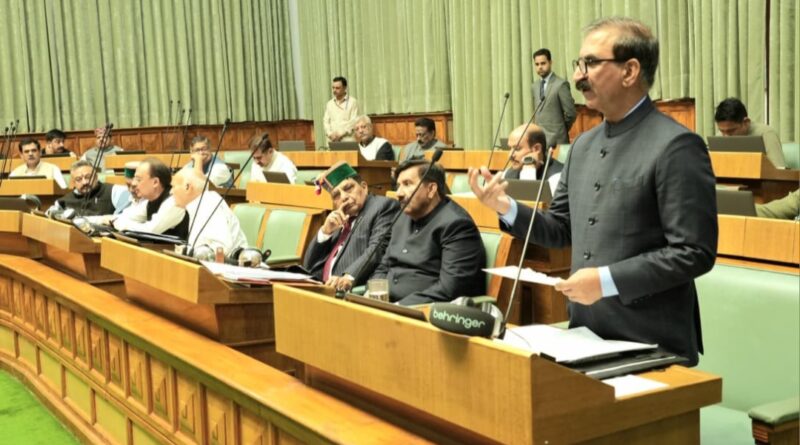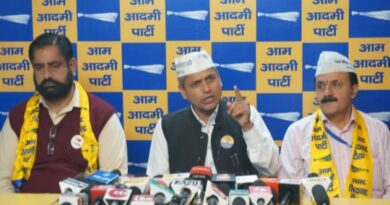A Rare Unity in Himachal: Legislature’s Plea for Help After Disaster
In a powerful and emotional display of unity, lawmakers in Himachal Pradesh put aside their political differences to make a single, heartfelt request to the nation: please help us.
This week, the state legislative assembly unanimously passed a resolution urging the central government to declare the entire hill state a “National Disaster-Affected Area.” What began as a debate focused on one hard-hit district expanded to cover the whole state after legislators from all parties shared moving, personal stories of the devastation witnessed in their own communities.
For over 12 hours—in one of the longest debates in recent memory—more than 40 MLAs stood up not as opposition or ruling party members, but as representatives of suffering people. They painted a picture of communities shattered by relentless rains and landslides.
Revenue Minister Jagat Singh Negi provided the staggering numbers behind the heartbreak: “Mandi recorded 94 percent excess rainfall this monsoon, while Shimla saw 69 percent above normal in July alone.” He argued this was more than just climate change; it was the result of human-driven destruction over more than a decade.
The government highlighted its efforts, including increased compensation for families who lost loved ones, and the use of special powers to cut through red tape for relief work. Chief Minister Sukhvinder Singh Sukhu announced a new policy to provide forest land to those who have lost their homes.
Even the opposition BJP, which had questioned the pace of relief, ultimately joined in the unanimous support for the resolution—a rare moment of agreement in a usually divided political arena.
As the Speaker, Kuldeep Pathania, noted, the lengthy debate itself sent a message: “This Assembly spent 12 hours on one subject alone—disaster. That reflects our commitment to the suffering people.”
The united stand from Shimla now places the ball in the central government’s court. The hope for a cooperative response is seen as a critical test of how the country supports its states when climate-driven calamities strike.



